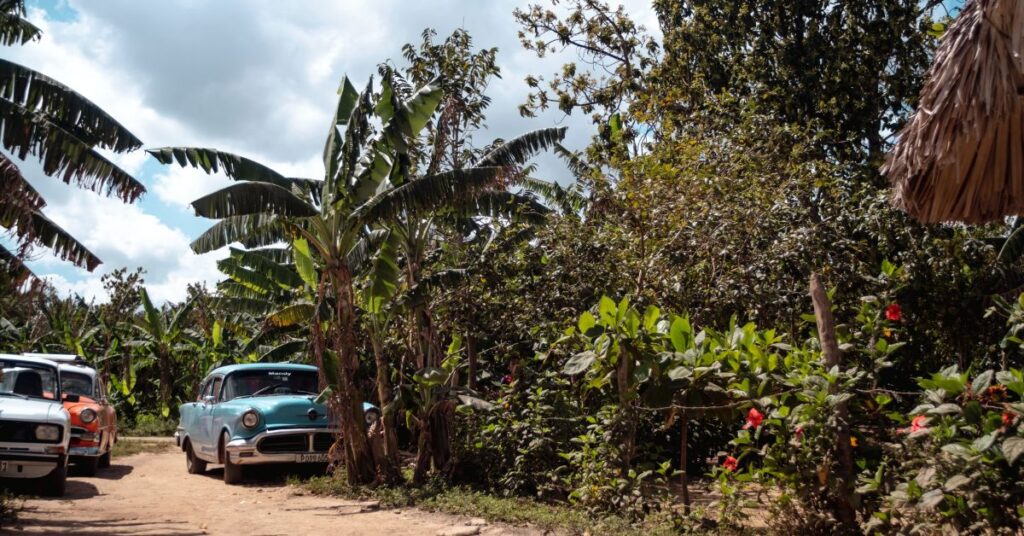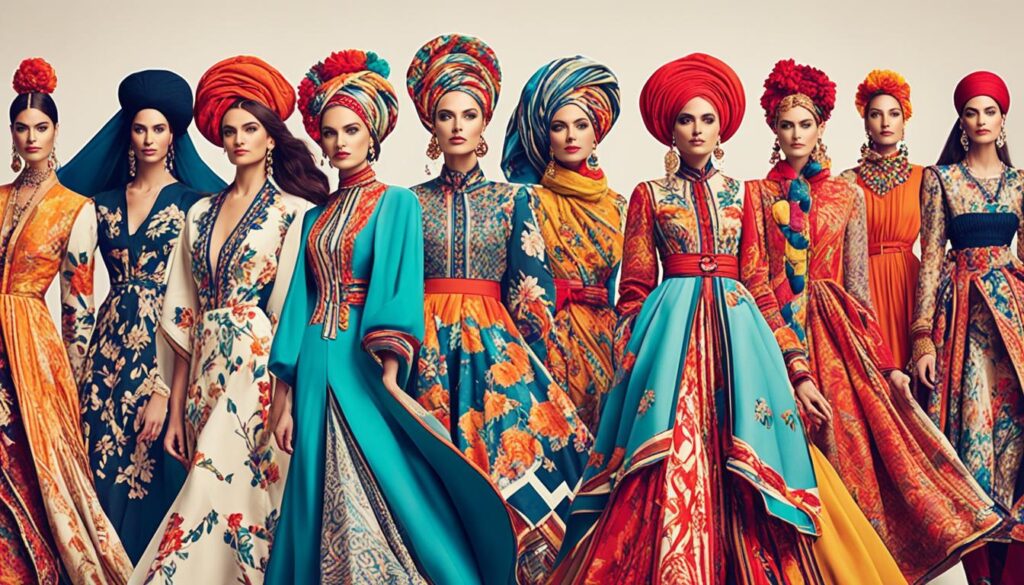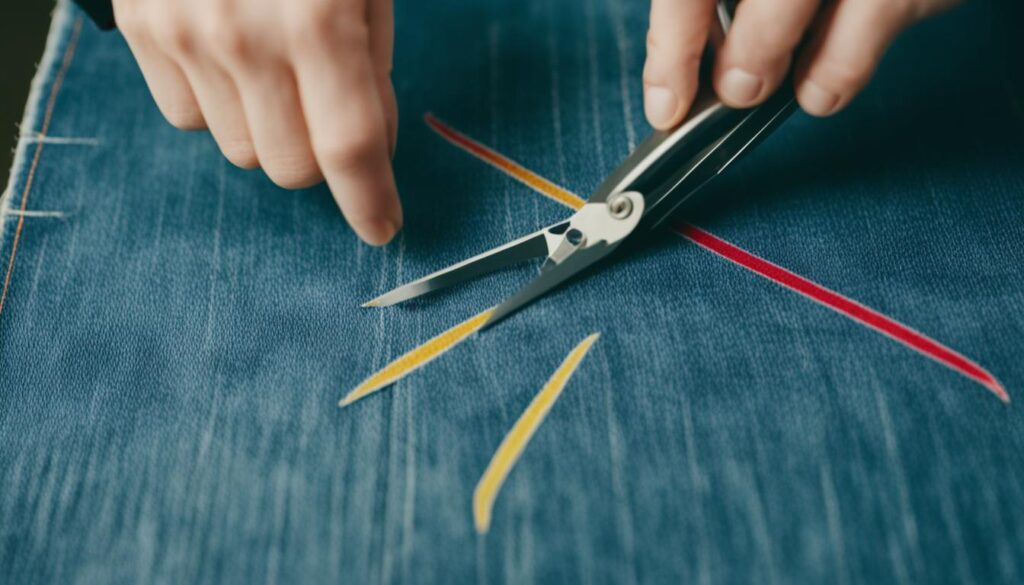Table of Contents
Overview
Introduction to cigars
Cigars have a long and fascinating history, dating back centuries to the indigenous people of the Americas. These hand-rolled tobacco products have become synonymous with luxury and sophistication, enjoyed by connoisseurs around the world. The art of cigar making has evolved over time, with different regions developing their own unique styles and flavors. From the rich, earthy flavors of Cuban cigars to the milder, sweeter notes of Dominican cigars, there is a wide range of options to suit every palate. Whether you are a seasoned aficionado or new to the world of cigars, exploring their rich history and culture is sure to be an enlightening and enjoyable experience.
Historical significance of cigars
Cigars have a long and fascinating history, dating back centuries. They have been enjoyed by people from various cultures and have played a significant role in their traditions and rituals. The origins of cigars can be traced back to the ancient Mayans and the indigenous people of the Caribbean, who were the first to cultivate tobacco and roll it into a cylindrical shape. Over time, cigars gained popularity and became a symbol of luxury and status. They have been associated with important historical figures and have been present in significant events throughout history. Today, cigars continue to be appreciated for their craftsmanship and the unique experience they offer to enthusiasts.
Cultural importance of cigars
Cigars have a deep cultural significance that spans across different countries and societies. They have been an integral part of rituals, celebrations, and social gatherings for centuries. In many cultures, smoking cigars is seen as a symbol of wealth, power, and status. The art of cigar smoking has also become a cherished tradition, with aficionados appreciating the craftsmanship and complexity of different cigar blends. From the tobacco fields to the cigar lounges, cigars have left an indelible mark on the history and culture of various communities around the world.
The Origins of Cigars
Early tobacco use
Early tobacco use dates back thousands of years, with evidence of its consumption found in ancient civilizations such as the Mayans and Aztecs. These early cultures used tobacco for various purposes, including religious ceremonies, medicinal practices, and social gatherings. The tobacco plant was considered sacred and was often used as an offering to the gods. As trade routes expanded, tobacco spread across different regions, eventually reaching Europe in the 16th century. The introduction of tobacco to Europe sparked a significant cultural and economic shift, as smoking became a popular pastime among the upper classes. The history of early tobacco use is a fascinating exploration of how this plant has shaped societies and cultures throughout history.
Discovery of tobacco in the Americas
The discovery of tobacco in the Americas is a significant event in the history of cigars. Tobacco, a plant native to the Americas, was first cultivated and used by indigenous peoples for various purposes. The use of tobacco leaves for smoking, chewing, and medicinal purposes dates back thousands of years. It was not until the arrival of Christopher Columbus and European explorers in the late 15th century that tobacco was introduced to the rest of the world. The discovery of tobacco in the Americas paved the way for the development and popularity of cigars, which have become an integral part of various cultures and societies around the globe.
Development of cigar production
The development of cigar production has a long and fascinating history. Dating back to ancient times, cigars were first made by the indigenous people of the Americas. The process of producing cigars has evolved over the centuries, with advancements in cultivation, curing, and rolling techniques. Today, cigar production is a highly skilled and intricate process, involving the selection of premium tobacco leaves, the art of hand-rolling, and the aging of cigars to achieve the perfect flavor and aroma. The development of cigar production has not only shaped the tobacco industry but has also played a significant role in the cultural and social aspects of many countries around the world.
The Art of Cigar Making
Selection of tobacco leaves
The selection of tobacco leaves is a crucial step in the production of cigars. It requires expertise and knowledge to choose the right leaves that will contribute to the flavor and aroma of the final product. The process involves evaluating the color, texture, and size of the leaves to ensure they meet the desired quality standards. Each type of tobacco leaf brings its unique characteristics, and the art of blending different leaves is what creates the complexity and richness of a cigar. From the vibrant and flavorful wrapper leaves to the flavorful and aromatic filler leaves, the selection process is a meticulous task that sets the foundation for a memorable smoking experience.
Curing and fermentation process
The curing and fermentation process is a crucial step in the production of cigars. It involves carefully drying and aging the tobacco leaves to enhance their flavors and aromas. During the curing process, the leaves are hung in specially designed barns where they are exposed to controlled levels of heat and humidity. This allows the leaves to gradually lose moisture while retaining their natural oils. Once the leaves are adequately cured, they undergo fermentation, which further develops their flavors and removes any remaining impurities. This process can take several months to complete, as the leaves are carefully monitored and turned regularly to ensure an even fermentation. The result is a tobacco leaf that is rich in complex flavors and ready to be used in the creation of premium cigars.
Rolling and shaping cigars
Rolling and shaping cigars is an art form that requires skill and precision. Experienced cigar rollers carefully select and prepare the tobacco leaves, ensuring they are of the highest quality. The leaves are then skillfully rolled by hand, using a technique that has been perfected over centuries. The shape of the cigar is also an important aspect, with various shapes and sizes available, each offering a unique smoking experience. From the classic cylindrical shape of the Parejo to the elegant and tapered shape of the Torpedo, the rolling and shaping process plays a significant role in the overall enjoyment of a cigar.
Cigar Regions and Varieties
Cuban cigars
Cuban cigars have a long and storied history, dating back to the time of Christopher Columbus. Known for their exceptional quality and craftsmanship, Cuban cigars are considered some of the best in the world. The unique climate and soil conditions in Cuba create the perfect environment for growing tobacco, resulting in a distinct flavor profile that is sought after by cigar enthusiasts. In addition to their cultural significance, Cuban cigars also have a significant impact on the economy of Cuba, with the export of cigars contributing to the country’s financial updates.
Dominican Republic cigars
The Dominican Republic is renowned for its exceptional cigar production. With a rich history dating back to the 16th century, the country has become one of the world’s leading producers of premium cigars. The unique combination of fertile soil, optimal climate, and skilled craftsmanship has made the Dominican Republic a preferred destination for cigar enthusiasts. The country is home to numerous tobacco farms and cigar factories, where the entire production process is meticulously carried out by experienced hands. From the cultivation of tobacco leaves to the rolling and aging of cigars, every step is carefully executed to ensure the highest quality and flavor. Dominican Republic cigars are known for their smoothness, complexity, and distinct flavors, making them a favorite among cigar aficionados worldwide. Whether you are a novice or a connoisseur, exploring the rich history and culture of Dominican Republic cigars is a truly captivating experience.
Nicaraguan cigars
Nicaraguan cigars have a long and storied history, dating back centuries. Known for their exceptional quality and rich flavors, Nicaraguan cigars have gained a strong reputation among cigar enthusiasts worldwide. The volcanic soil in Nicaragua provides the perfect conditions for growing tobacco, resulting in tobacco leaves that are full of flavor and complexity. The craftsmanship and expertise of Nicaraguan cigar makers is evident in every cigar, with meticulous attention to detail and a commitment to producing the finest cigars. Whether you are a seasoned cigar connoisseur or new to the world of cigars, exploring the rich history and culture of Nicaraguan cigars is sure to be a fascinating journey.
Cigar Rituals and Traditions
Cutting and lighting a cigar
Cutting and lighting a cigar is an essential part of the cigar smoking experience. The way a cigar is cut and lit can greatly affect the overall enjoyment and flavor. There are various methods for cutting a cigar, such as using a guillotine cutter, a punch cutter, or a V-cutter. Each method provides a different type of cut, allowing the smoker to tailor their smoking experience to their preference. Once the cigar is cut, it is important to properly light it. This can be done using a butane torch lighter or wooden matches. The flame should be applied evenly to the foot of the cigar, rotating it to ensure an even burn. The process of cutting and lighting a cigar is not only a practical necessity but also a ritualistic act that adds to the enjoyment and appreciation of cigars.
Etiquette and social aspects
Cigar smoking has long been associated with a set of etiquette and social aspects that add to the overall experience. When enjoying a cigar, it is customary to hold it between your index finger and thumb, never between your index and middle fingers. This shows respect for the craftsmanship and tradition behind the cigar. Additionally, it is considered impolite to ash your cigar on the floor or in an ashtray without first tapping off the ash. Instead, gently tap the ash off into the ashtray to avoid any accidental mess. Furthermore, it is important to be mindful of those around you when smoking a cigar. While cigars can be enjoyed in social settings, it is crucial to ask for permission before lighting up in someone else’s presence, as not everyone may appreciate the smell or smoke. By following these etiquette guidelines, cigar enthusiasts can fully immerse themselves in the rich history and culture of cigars while also respecting those around them.
The Future of Cigars
Challenges facing the cigar industry
The cigar industry faces several challenges in the modern world. One of the main challenges is the increasing regulations and restrictions on tobacco products. Many countries have implemented strict laws on smoking and tobacco advertising, which has affected the sales and distribution of cigars. Additionally, the rise of health concerns and anti-smoking campaigns has led to a decline in the popularity of cigars. Moreover, the high taxes imposed on tobacco products have made cigars more expensive, further limiting their accessibility. Despite these challenges, the cigar industry continues to thrive, with cigar enthusiasts and connoisseurs appreciating the rich history and craftsmanship behind these iconic products.
Innovation in cigar production
Innovation in cigar production has played a significant role in shaping the rich history and culture of cigars. Over the years, cigar makers have continuously pushed the boundaries of traditional techniques to create new and exciting experiences for cigar enthusiasts. From the introduction of new tobacco varieties to the development of innovative rolling and aging methods, the industry has embraced innovation to enhance the quality and flavor of cigars. This commitment to innovation has not only elevated the craftsmanship of cigar production but has also contributed to the ever-growing popularity of cigars around the world.
Emerging trends in cigar culture
In recent years, there have been several emerging trends in cigar culture that have captivated enthusiasts around the world. One of these trends is the rise of boutique cigar brands, which offer unique and artisanal blends that cater to the discerning palate. Another trend is the growing popularity of cigar lounges and clubs, where aficionados can gather to enjoy their favorite cigars in a relaxed and social setting. Additionally, there has been an increased interest in cigar pairing, with enthusiasts experimenting with different beverages, such as whiskey, rum, and coffee, to enhance their smoking experience. These emerging trends have not only added new dimensions to cigar culture but have also attracted a new generation of cigar enthusiasts who appreciate the rich history and craftsmanship behind this timeless indulgence.
















